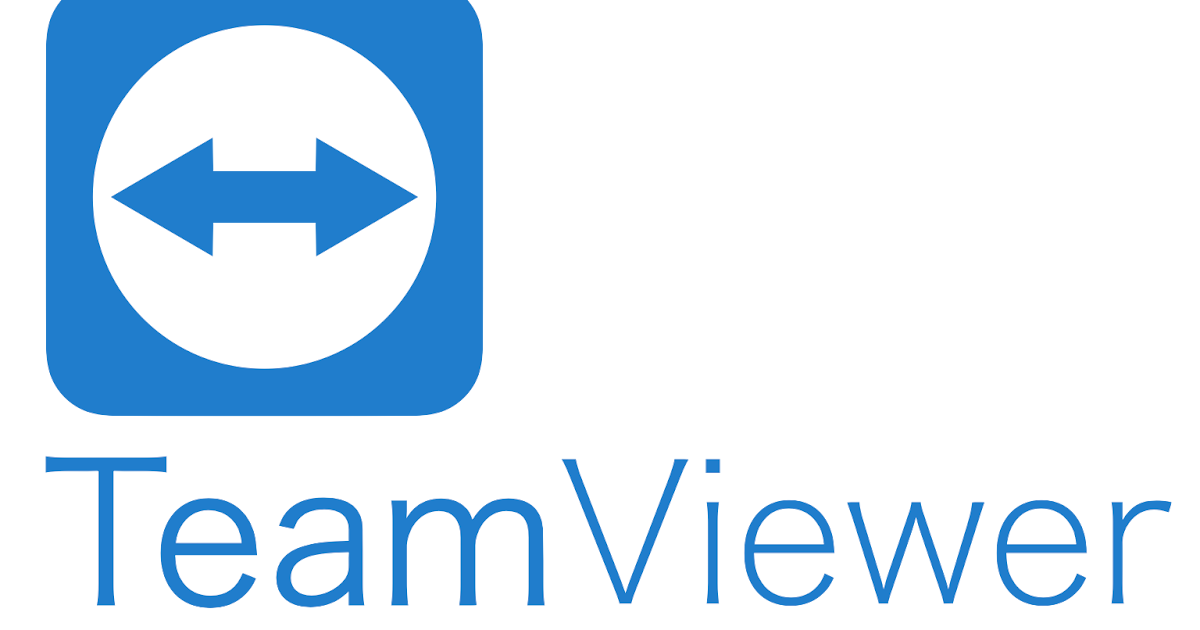

Universal Windows Platform apps: on which platforms are they available? But you need to tweak the app's user interface to match both device families. That's a small thing to ask and a huge leap in terms of efficiency.įor instance, if you were to write an RSS reader app that you want available for both Windows 10 Mobile smartphones and Windows 10 PCs and tablets, you have to write the code only once. They won't target different operating systems in their code but different families of devices. Universal Windows Platform apps share the same code base, with one caveat: software developers must add different code parts for the families of devices that they want their apps to work on. If the software developer of an app wanted to, his/her app could potentially run the same way on an Internet of Things (IoT) device that runs Windows 10 or even on the upcoming augmented reality device from Microsoft: the Hololens. These apps will run on all these types of devices and offer the same features to their users. It doesn't matter if you are using a Windows 10 Mobile smartphone, a Windows 10 tablet, a Windows 10 desktop computer or even on an Xbox One console. In other words, they are apps that work the same on a variety of screen sizes. Universal apps for Windows are apps designed to work the same on multiple devices with different form factors. It sounds complicated, right? What are Universal Windows Platform apps? This was the moment when Microsoft started to work on a new concept: it began developing a unified platform application architecture that runs on any type of device that runs Windows. Windows Phone 8 and its later update, Windows Phone 8.1, did a better job at attracting people to Microsoft's mobile platform but it was still not enough. The Store for Windows Phone smartphones didn't manage to offer as many apps to its users as Google Play or Apple Store did. Universal Windows Platform, UWP, apps, Windows 10, Store, characteristics


 0 kommentar(er)
0 kommentar(er)
